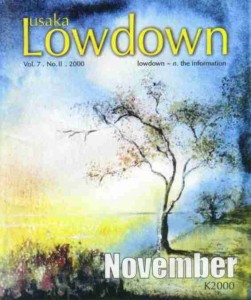 Blood sucking vampires, bats tangled in your hair and plenty of blood-curdling screams as you run away! These are the images that often come to mind when one mentions bats. In reality, bats are unique, beautiful mammals that play a vital role in our ecosystem, and Zambia offers a little-known opportunity to view huge numbers of bats close up. Every year, from late October through to December, Kasanka National Park is host to millions of migratory Straw-coloured Fruit Bats (Eidolon helvum) who come to take advantage of the peak wild fruit season.
Blood sucking vampires, bats tangled in your hair and plenty of blood-curdling screams as you run away! These are the images that often come to mind when one mentions bats. In reality, bats are unique, beautiful mammals that play a vital role in our ecosystem, and Zambia offers a little-known opportunity to view huge numbers of bats close up. Every year, from late October through to December, Kasanka National Park is host to millions of migratory Straw-coloured Fruit Bats (Eidolon helvum) who come to take advantage of the peak wild fruit season.
You can identify Straw-coloured Fruit Bats by their pale, tawny fur and bright orange neck. They have small ears, large eyes, a long snout and are the largest bat in southern Africa with a wingspan of up to a meter. This appearance has led them (and other fruit bat species) to be referred to as “flying foxes”. In Kasanka researchers have estimated the population of this colony at 8 to 10 million bats. Just think – if you spread them out, wingtip to wing tip, they would cover a distance of about 8,000 km! Adult bats weigh 250 to 300 grams each, and when roosting they hang in long strings with enough combined weight to pull the branches off trees.
The bat colony roosts in an area of ‘mushitu’ evergreen swamp forest in Kasanka and you can see where the bats have been by the bare trees and dense undergrowth, caused by the opening of the forest canopy and depositing of fertiliser! This ‘mushitu’ forest is a rare type of vegetation fed with underground water that exists only near rivers. During the day the bats are packed into about one hectare of Kasanka’s mushitu where they can be observed climbing and intermittently flying around the forest. When approaching you can hear their noisy chatter long before you see them. At dusk the bats start to leave the roost and fly out to the woodlands to feed. So many are the bats that it takes about 25 minutes for them all to get airborne and during this time the sky is full of bats heading outwards from the forest.
Straw-coloured Fruit Bats eat young leaves, nectar, pollen, flowers, small fruits and fruit juice. The bats use their strong jaw and tongue to suck out the juice, then spit the remaining fibre and seed out. Some seeds actually need the chewing process or even to pass through the digestive system to germinate. Thus the fruit eating bats are vital to the survival of some plant species.
This year a group will be doing research into the Kasanka bats to find out more about their migration routes, foods, reproduction habits and interaction with the mushitu forest and woodland fruits. They should be able to provide added information and guidance for visitors who come to see this amazing spectacle making it an even more rewarding experience.
So if you are looking for a really different safari experience, visit Kasanka in November or December and enjoy your sundowners under a canopy of 8 million Straw-coloured Fruit Bats flying into the sunset! Kasanka is only 5 hours drive on excellent tarmac from Lusaka or Copperbelt and offers Self-catering or full catering. They are also arranging special all-inclusive fly-in packages for the bat season. Contact: Kasanka@aol.com or your travel agent.
by Heidi Richter
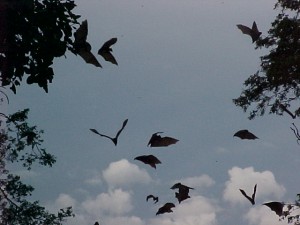
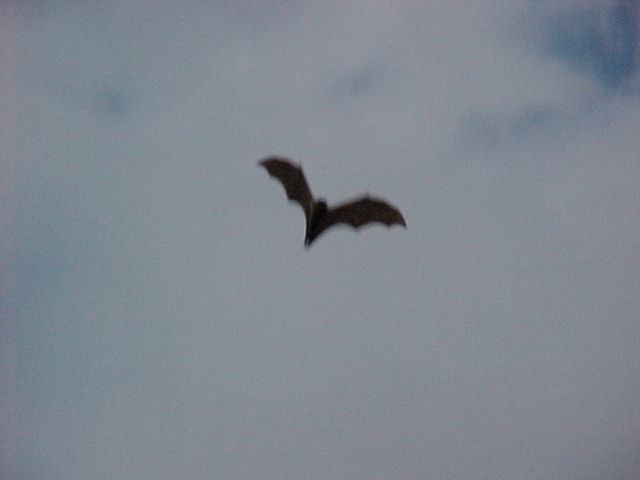
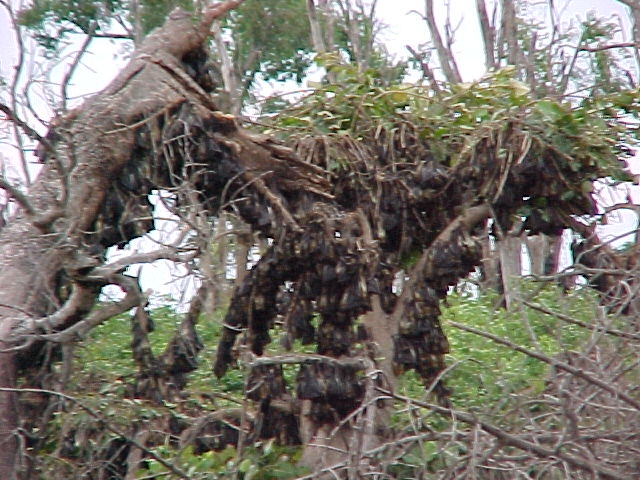
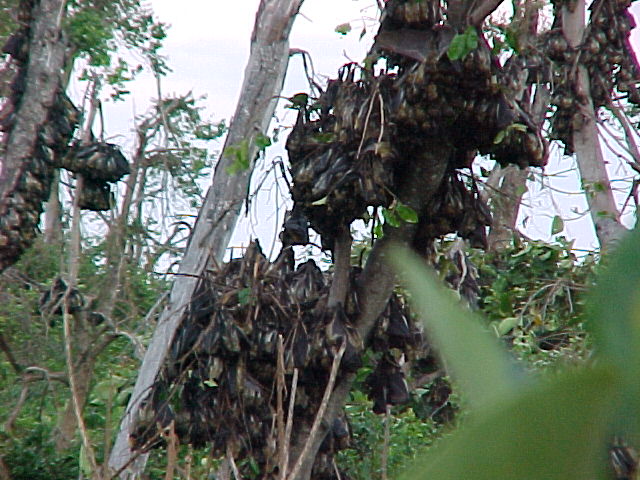
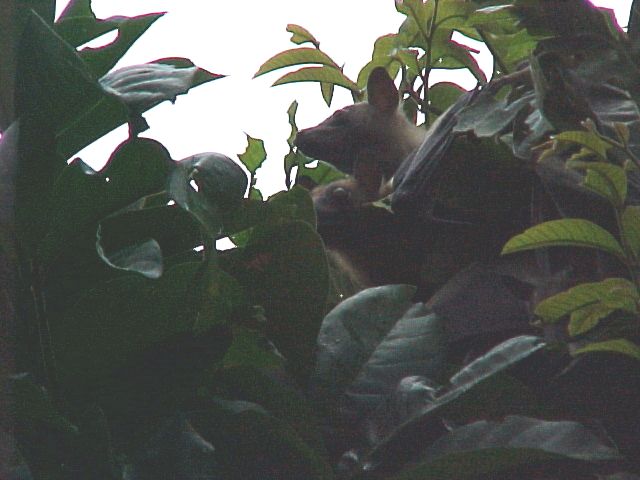
Leave a Reply
You must be logged in to post a comment.